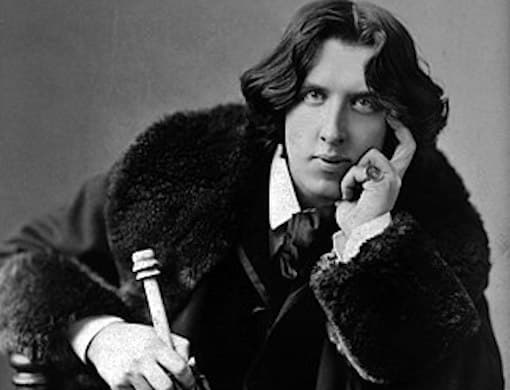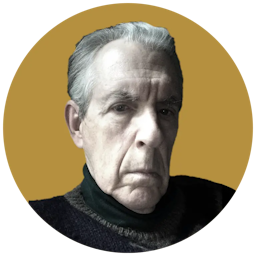The Many Enticements of True Crime Biography
These books appeal to a keen fascination with the ‘permeable membrane separating licit and illicit worlds,’ in the words of Patrick Radden Keefe.

‘Wilde Nights & Robber Barons: The Story of Maurice Schwabe, The Man Behind Oscar Wilde’s Downfall, who with a Band of Aristocrats Swindled the World’
By Laura Lee
Elsewhere Press, 408 pages
Please check your email.
A verification code has been sent to
Didn't get a code? Click to resend.
To continue reading, please select:
Enter your email to read for FREE
Get 1 FREE article
Join the Sun for a PENNY A DAY
$0.01/day for 60 days
Cancel anytime
100% ad free experience
Unlimited article and commenting access
Full annual dues ($120) billed after 60 days

